
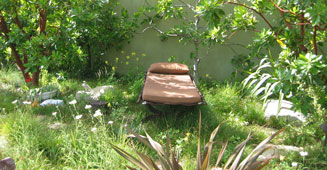
Contributor
This is the second installment in our four-part water-sensitive landscape design (WSLD) series. Over the past few decades, earth science knowledge has blossomed. There have been some surprising revelations. In this issue, we’re exploring new approaches to traditional garden practices that work in concert with, not against, natural systems. And how gardeners can help heal the planet.
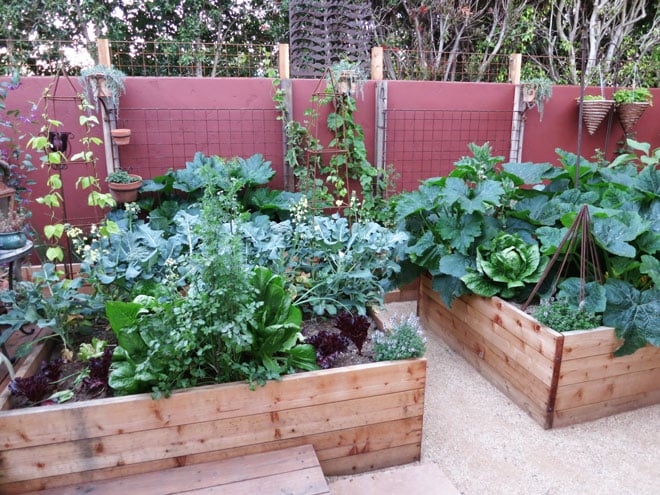
An increased understanding of how the earth works and how climate impacts the relationship between water, soil, and plants is blowing up many long-standing gardening principles and profoundly changing how we approach the landscape. Perhaps it’s more accurate to call what’s happening a paradigm shattering rather than shift, because the change is nothing short of explosive.
By now most gardeners are aware of soil microbes. Even old-school garden workshops cover disease-inducing microbes—nematodes are generally painted with the bad-guy brush—and many even include the beneficial effects of inoculating legumes with bacteria or adding mycorrhizae to woody plant roots. But let’s look at the bigger picture—the root of it all, so to speak. Complex interactions of diverse soil microbes affect every plant/soil/water/carbon interaction in the garden.

The earth’s soil is one big filter and one big sponge at the same time. Organic matter, along with soil minerals, increases a soil’s ability to retain moisture and helps to build soil structure, which in turn cleans polluted water and removes toxins; viruses and potential pollutants adhere to clay particles in soil. Recent studies have even revealed how soil can retain, sequester, and release forms of carbon. It is now believed that by nurturing healthy soil and increasing the planet’s biomass we can help slow down the carbon crisis.
Most carbon in soil is generated by plants as a byproduct of photosynthesis. But microbes macroinvertebrates, and insects also provide soil carbon. Microbial enzymes bind soil particles together and promote the accumulation of organic matter, which in turn decomposes and is released into the atmosphere in the form of carbon dioxide gas.

Healthy, carbon-rich soil smells fresh and is teeming with arthropods like worms, pill bugs, and centipedes. But most of the soil’s amazing network of life is invisible without a microscope, or in some cases, an electron-scanning microscope. Bacteria, fungi, nematodes, protozoa, and a host of other microbes consume copious amounts of carbon to keep the soil ecosystem engine going at full throttle. Soil microbes feeding on atmospheric carbon absorbed by plants gather around their roots, which in turn fuels a healthy growing environment for the plant. In a garden, you can prime this microbial engine with good organic matter until the plants are established enough to keep the carbon cycle going for their own benefit.
Earth’s renewal starts from the bottom up, so it stands to reason our gardening practices should follow suit. While most of us cringe when we consider the misguided gardening practices of our past—like turning and disturbing the soil or raking leaves out of planting beds, the following changes will help restore soil health in the landscape.
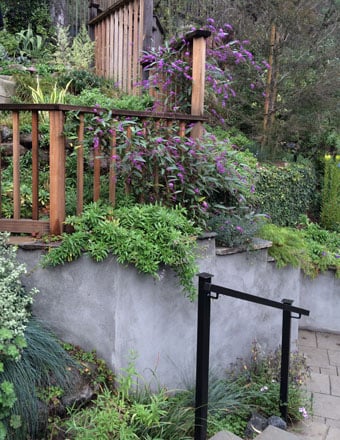
Dig once
When establishing a new garden, break up compacted soil by working compost into the soil once before planting. Then stand back and let nature do its job as microbes weave a web in and among plant roots, performing their intricate and symbiotic dance with sunlight, carbon, and water. Retilling the soil after planting disrupts this biology and leads to compaction.
Add microbes
Infuse biology into the soil by applying actively aerated compost tea or AACT, a solution rich in microbial life that can be applied as a foliar spray or soil drench (see sidebar on page 53 for more information). Other ways to introduce microbes and organic matter is by spreading good compost and/or worm castings and applying humic acid or fish hydrolysate on the surface of the soil; this is not fertilizing, it is farming microbes!
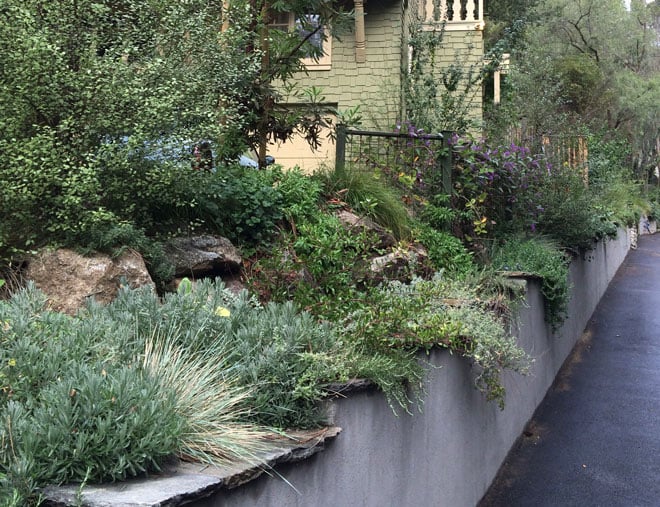
Plant generously and water wisely
Lifeless soils lack green. Plants are the answer and water is necessary. Dr. Christine Jones, Australian soil scientist, states, “If you could see what happens around the roots of actively growing plants, you would want to have as many green plants in your soil for as much of the year as possible.” When conditions are dry, we are faced with wanting to conserve water while needing to keep the soil cycle going. Know your plants’ water requirements and only apply the amount they need to be healthy. Overwatering causes soil compaction and encourages pathogens. Take advantage of new drip irrigation technologies to control the right amount of water. Keeping your soil covered with three to four inches of organic matter significantly conserves water. And decaying mulch, especially leaves and woody material chipped to smaller than two-inch pieces, provides a steady source of food for soil microorganisms.
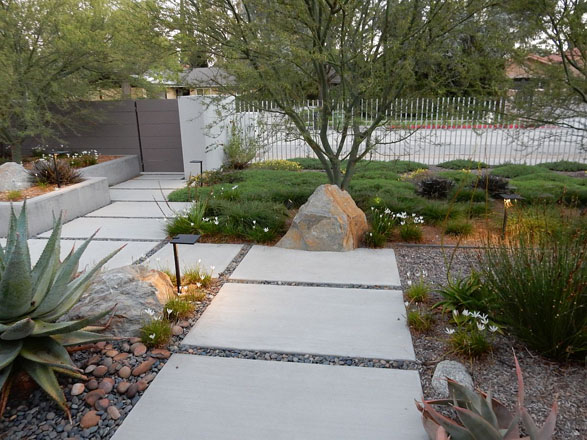
I think it’s safe to say that most people, with the exception of gardeners, don’t really notice soil. Overuse, climate irregularities, and poor land management practices lead to exhausted, unproductive soils that are prone to erosion. We can’t control conditions we inherit in our gardens—literally, they come with the territory. We can mercilessly inflict our good gardening intentions by applying fertilizers and pesticides to stimulate growth and eliminate insects, and in so doing interrupt and slow nature’s interactive system of chemicals, minerals, and microbes. Or, we can revise destructive past behaviors and concentrate on healing the earth by healing the soil in our gardens. Its a paradigm shift so simple it can be done anywhere by anyone, yet the results have a global effect. Amazing!
Share:
Social Media
Garden Futurist Podcast
Most Popular
Videos
Topics
Related Posts

Ground Up Science for Greener Cities with Garden Futurist Dr. Alessandro Ossola
Spring 2023 Listen to the Podcast here. Alessandro Ossola is a scientist who gets very excited about the challenge of climate change allowing for an

Readying Urban Forests for Climate Realities with Garden Futurist Dr. Greg McPherson
Winter 2023 Listen to the Podcast here. “Going from the mow and blow to a more horticulturally knowledgeable approach to maintaining the landscape. And that
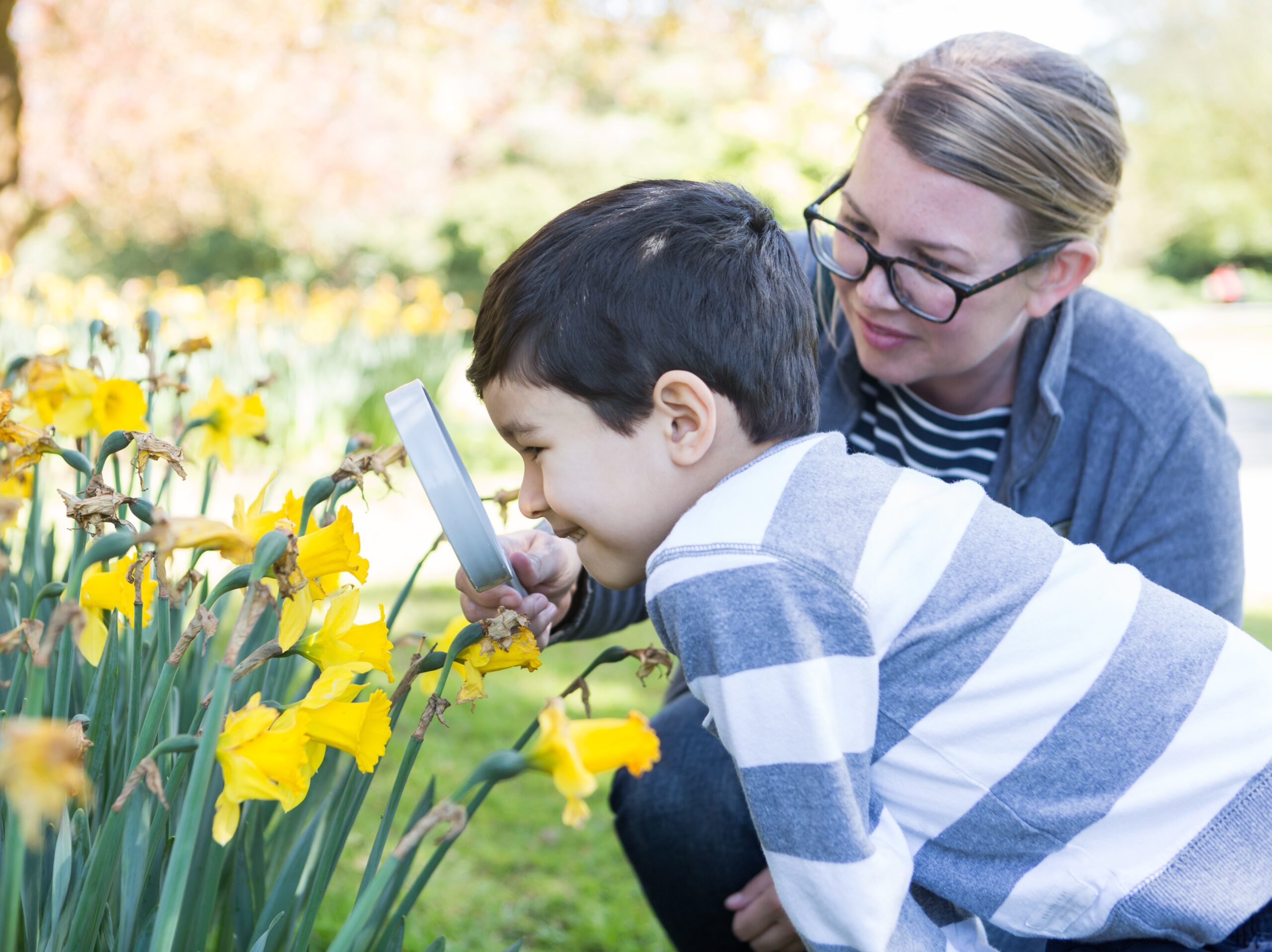
January Showers Bring February flowers…
Fall 2022 It may not quite have the same ring to it as the old English proverb, but it has a lot more truth to

Low Maintenance Gardens – Better for Pollinators and People
Autumn 2022 “I come out every day. It’s therapy, my meditation.” Janet’s young garden transformed from overgrown, invasive plants to mostly natives. The dailiness of

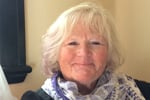
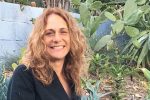








Responses